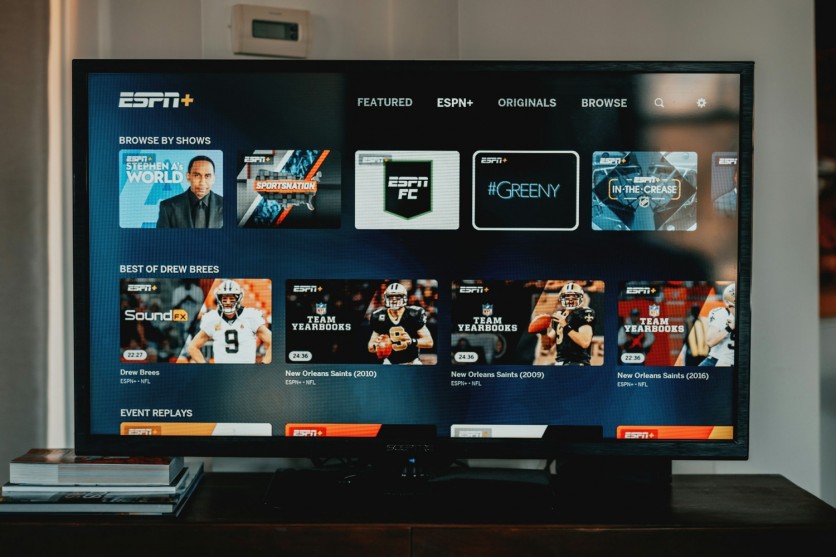Televisions often lag behind smartphones and tablets in terms of hardware power, primarily because they don't need to manage multiple apps simultaneously. Instead, TVs primarily focus on decoding high-quality video and audio streams. However, some TVs are so underpowered that even basic tasks like scrolling and launching apps can be frustratingly slow.
Fortunately, Google's Android 14 for TV update addresses these performance issues effectively. What are the new improvements we need to see soon?
Performance Improvements in Android 14 for TV

Announced at the recent Google I/O developer conference, Android 14 for TV promises a more responsive and snappier experience. While Google's initial announcement was light on specifics, further details were shared during the "What's New on Google TV and the Android TV OS" session.
According to Android Authority, key improvements include reduced boot latency and a significant reduction in the cold start-up time of the Google TV home screen launcher by over four seconds. Though most devices are in standby mode, these enhancements will still be noticeable.
Enhanced Scrolling and Data Loading
One of the most significant updates is the improved scrolling performance, both vertically and horizontally, on Google TV. This addresses a common complaint among users of older, less powerful TV hardware. Additionally, the latest version brings faster data loading and a 20% reduction in storage use, though specific methods for achieving these improvements were not detailed.
Energy Efficiency Modes
Beyond performance, Android 14 for TV introduces two new energy modes: low-energy and optimized energy. The low-energy mode disconnects the TV's network connection during standby, allowing only essential updates. The optimized energy mode, however, keeps some network features active, enabling functionalities like Google Assistant and casting over Wi-Fi. These modes ensure that TVs consume 2W or less in standby, aligning with the EU's upcoming regulations effective from May 9, 2025.
Picture-in-Picture Mode and Find My Remote
Android 14 for TV also brings new features like picture-in-picture mode, allowing users to watch a video in a small window while using other apps. Another significant addition is the "Find My Remote" feature, which helps locate lost remotes by emitting a sound and flashing an LED light on the remote. This feature, already available on devices like the Walmart Onn 4K TV Pro streaming box, will now be integrated into the Google TV platform.
Implementing Find My Remote
The "Find My Remote" feature will ship natively with new Android 14 TV devices and could potentially be added to older devices through firmware updates. For this feature to work, remotes must have a built-in speaker and LED. If older remotes lack these components, updates to remote designs might be necessary. This feature is highly anticipated by users who frequently misplace their remotes, making it a practical and valuable addition.
Android 14 for TV is a big step in enhancing the performance and functionality of Google TV devices. With improvements in boot latency, scrolling, data loading, and new energy-saving modes, the update promises a smoother and more efficient user experience, according to TechRadar.
The introduction of features like picture-in-picture and "Find My Remote" adds further convenience, making this update highly anticipated by consumers.
As the update rolls out later this year, it will be interesting to see how these enhancements impact user satisfaction and whether older devices will fully benefit from the new features.
Android 14 for TV is set to make a substantial impact on TV viewers as Google continues to improve the viewing experience for the years to come.
Read Also : Microsoft's Search Engine Bing Down for Hours; Services Relying on Bing API Still Not Working

ⓒ 2025 TECHTIMES.com All rights reserved. Do not reproduce without permission.




